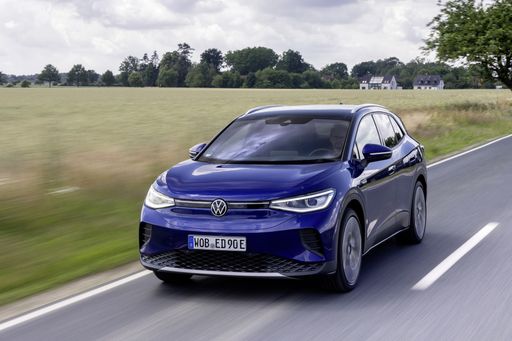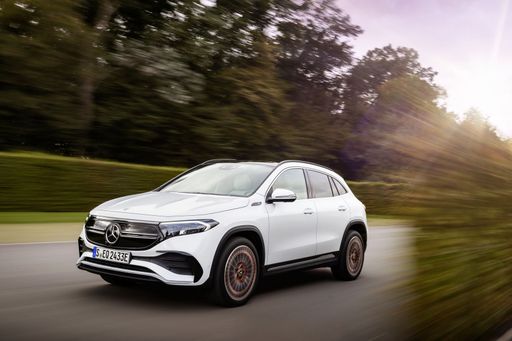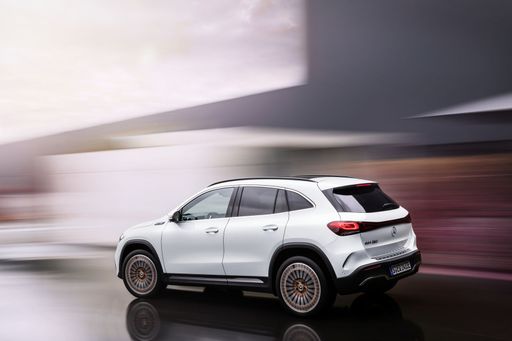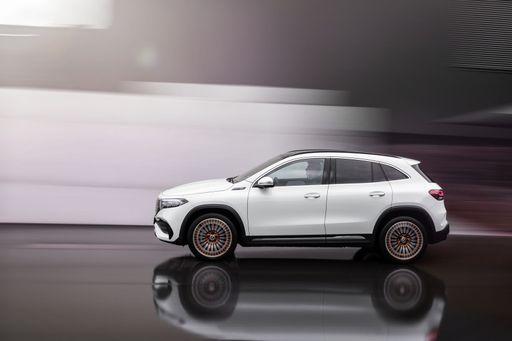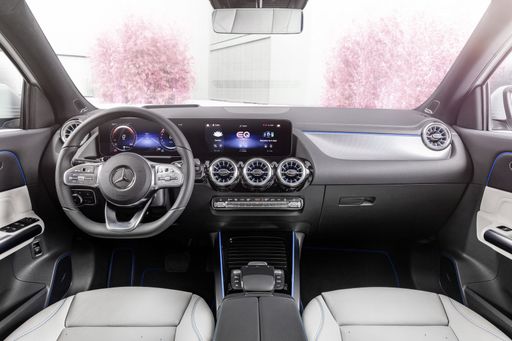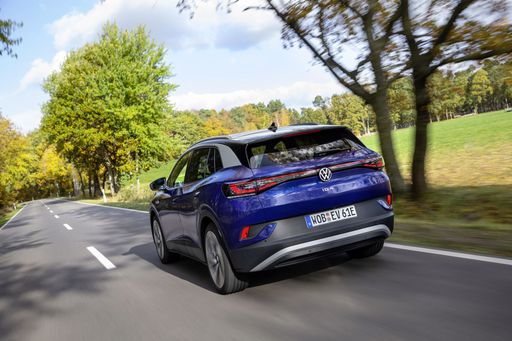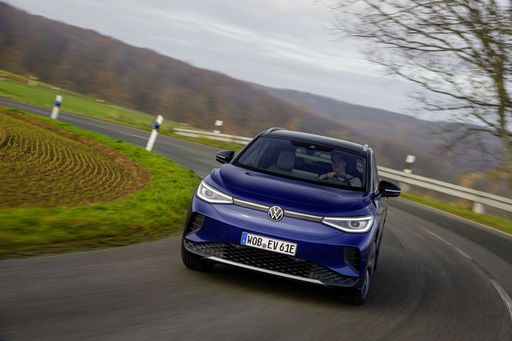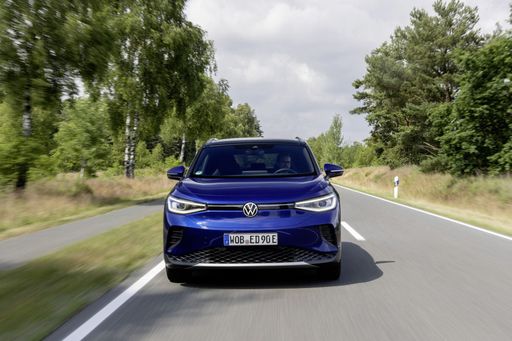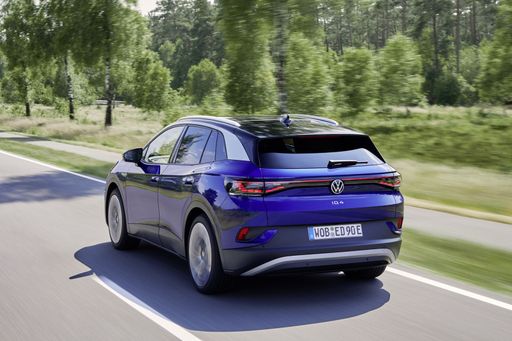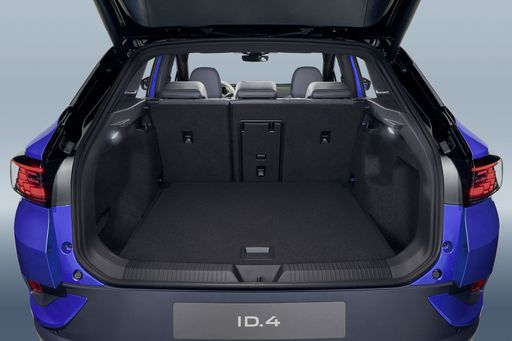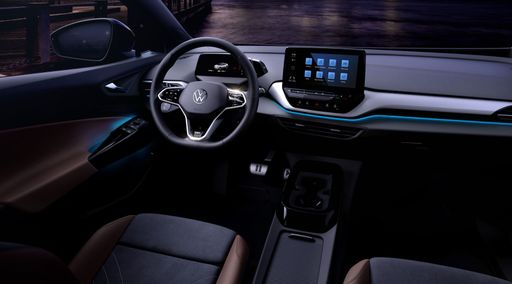First Look: Street Attitude
Up close the two cars speak very different languages — the Mercedes EQA presents itself as a compact luxury piece, all sculpted surfaces and chrome-ready trim that promises uplift at the curb, while the VW ID.4 opts for a more relaxed, modern silhouette that reads practical and confident rather than showy. Each has its own kind of presence: one aims for aspirational polish, the other for approachable contemporary style. Which impression matters more will depend on whether you want to make a statement or simply fit smartly into everyday life.

